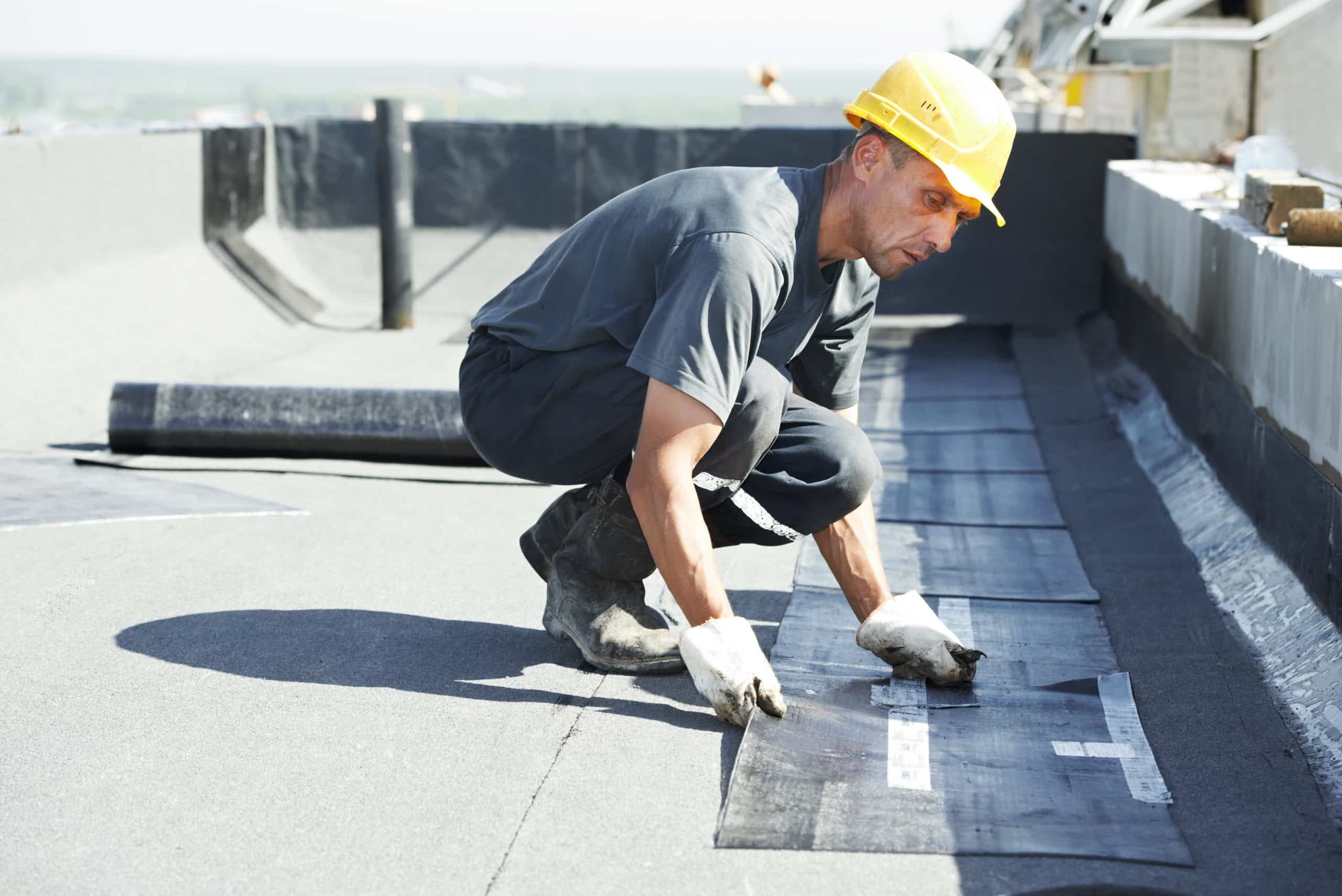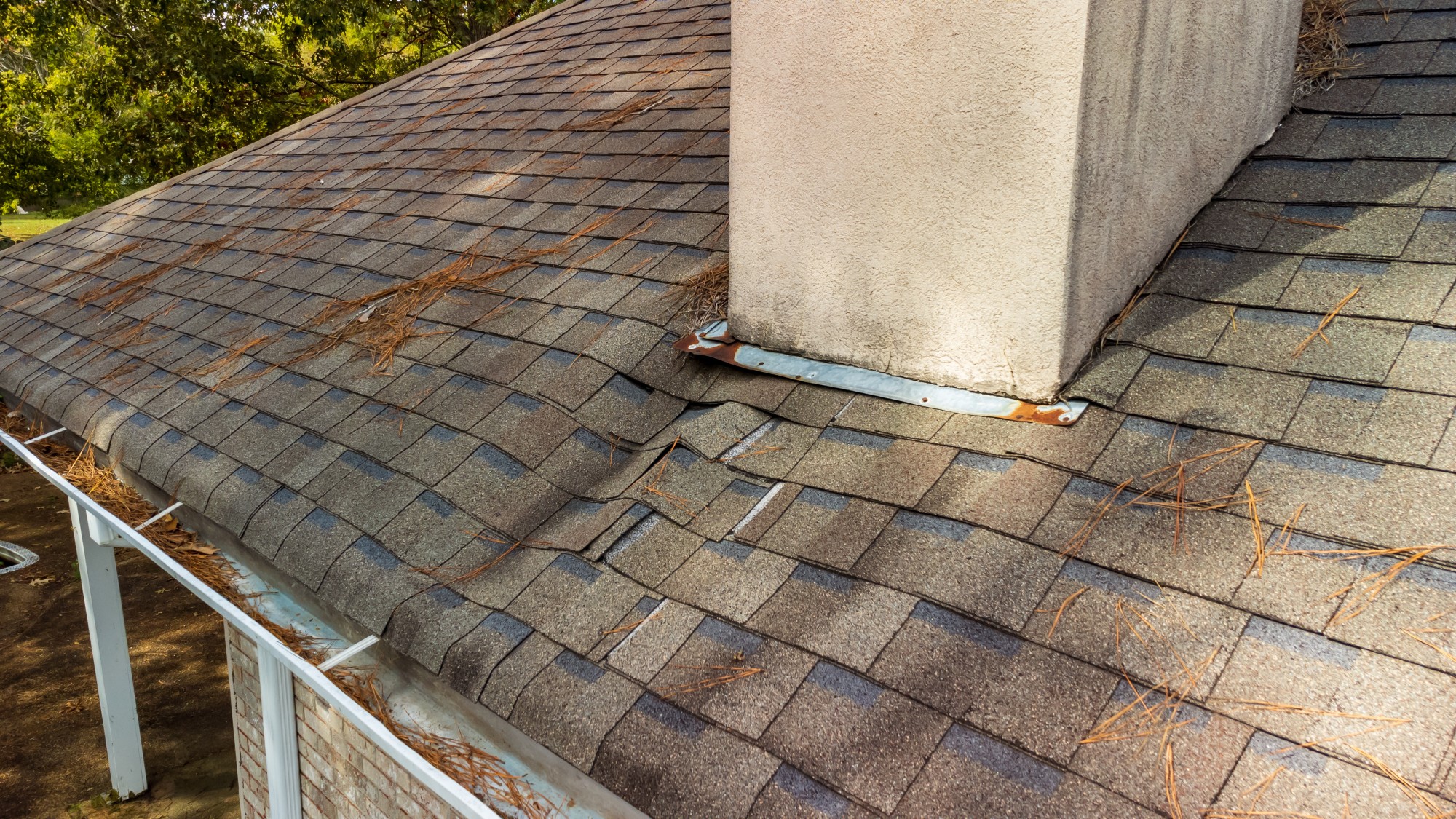Understanding the Various Kinds Of Roof Coverings: A Comprehensive Overview for Homeowners
In the realm of homeownership, choosing the ideal roof design is a decision that lugs significant effects for both capability and aesthetic appeal. With a range of options-- ranging from the typical gable to the contemporary flat-- each kind presents unique advantages and challenges that should align with the home owner's specific needs and ecological considerations. Recognizing these distinctions not just aids in making an enlightened choice but additionally influences lasting maintenance and power efficiency. As we explore the ins and outs of numerous roofing system kinds, it comes to be evident that one size does not fit all; the best selection may amaze you.
Saddleback Roof
Gable roof coverings, identified by their triangular form, are among one of the most prominent roof designs due to their simplicity and performance in dropping water and snow. This style features 2 sloping sides that fulfill at a ridge, permitting for effective water drainage and decreasing the threat of water buildup. The steep pitch commonly connected with gable roofs boosts their ability to deal with hefty precipitation, making them appropriate for numerous environments.
In addition to their practical benefits, saddleback roofs supply visual adaptability. They can be adapted to numerous building styles, from traditional to modern homes. The design can likewise fit extra features such as dormer home windows, which improve natural light and air flow in the attic room space.
Additionally, saddleback roofs supply enough space for insulation, contributing to power effectiveness. House owners can select from a selection of roof materials, including asphalt shingles, metal, and ceramic tiles, additionally improving modification options.
Regardless of their advantages, gable roofings might need additional support in areas prone to high winds or heavy snowfall. On the whole, the saddleback roof remains a popular choice due to its blend of capability, toughness, and visual allure.
Flat Roofs
Level roof coverings are commonly acknowledged for their minimal style and practical applications, specifically in industrial and commercial settings (oahu roofing). These roofs feature a nearly horizontal or horizontal surface, which permits easy construction and flexible room usage. While they may lack the aesthetic allure of pitched roof coverings, flat roofing systems use various advantages, especially in city atmospheres where taking full advantage of space is essential
Among the primary advantages of level roof coverings is their ease of access. House owners can utilize the roof area for various objectives, such as rooftop gardens, terraces, or photovoltaic panel setups. Furthermore, flat roofs are usually a lot more cost-effective to maintain and install compared to their sloped counterparts, as they call for less products and labor.
However, level roofing systems do present certain difficulties. Correct drainage is necessary to protect against water pooling, which can cause leaks and structural damages. For this reason, picking high-grade waterproofing materials and normal evaluations are important for ensuring longevity. Typical materials utilized for flat roof coverings consist of built-up roofing (BUR), customized bitumen, and single-ply membranes, each offering distinctive benefits. On the whole, level roof coverings work as a versatile and useful choice for numerous house owners and organizations alike.
Hip Roofing Systems
Hip roofings are identified by their sloped sides that assemble on top, creating a ridge. This style is unique from saddleback roofs, as all four sides of a hip find more information roofing system incline downwards toward the wall surfaces, giving a much more secure structure. The angle of the slopes can differ, permitting convenience in architectural appearances and functionality.
One of the main benefits of hip roofings is their ability to withstand hefty winds and adverse climate problems. The sloped surfaces enable far better water drain, lowering the danger of leaks and water damages. Furthermore, hip roofing systems supply boosted attic area, which can be used for storage or also transformed into habitable locations.
Nevertheless, building a hip roofing system can be a lot more complex and expensive than less why not try these out complex roof covering kinds, such as gable roofing systems. The extra material and labor associated with creating the inclines and making certain appropriate architectural honesty can result in greater expenses. Despite these drawbacks, several property owners prefer hip roofings for their toughness, visual allure, and potential for energy effectiveness.
Mansard Roofings
Mansard roof coverings, frequently acknowledged by their one-of-a-kind four-sided layout, feature 2 slopes on each side, with the lower slope being steeper than the top. This architectural style, originating from France in the 17th century, is not only aesthetically attractive however functional, as it maximizes the functional room in the top floorings of a building. The steep lower slope permits more clearance, making it an optimal selection for attic rooms or loft spaces, which can be exchanged living spaces.
Mansard roofings are identified by their versatility, accommodating various architectural styles, from conventional to contemporary. They can be built with different materials, including asphalt roof shingles, slate, or metal, offering property owners with a variety of choices to fit their preferences and budget plans. Additionally, the design allows for the assimilation of dormer home windows, boosting all-natural light and ventilation in the upper levels.
Nonetheless, it is necessary to consider the potential downsides. Mansard roof coverings might call for more maintenance due to the intricacy of their layout, content and their steep inclines can be challenging for snow and rain runoff. Overall, mansard roofs incorporate beauty with functionality, making them a popular choice amongst house owners seeking distinctive building functions.
Shed Roof Coverings
As house owners progressively seek simpleness and functionality in their building styles, shed roofs have become a prominent choice. Characterized by a solitary sloping plane, a shed roof covering provides a minimal aesthetic that enhances various home designs, from contemporary to rustic.
One of the key advantages of a shed roofing is its simple construction, which commonly equates to decrease labor and material expenses. This design permits efficient water drainage, lowering the risk of leaks and water damage. In addition, the upright slope gives sufficient area for skylights, boosting natural light within the interior.
Dropped roofings additionally offer flexibility in regards to use. They can be properly integrated into additions, garages, or outside structures like structures and sheds. In addition, this roof style can accommodate various roof materials, including metal, asphalt roof shingles, or even eco-friendly roofings, straightening with eco-friendly initiatives.
However, it is vital to think about regional climate conditions, as hefty snow lots might demand modifications to the roofing's angle or structure. In general, dropped roofing systems present a practical and aesthetically pleasing alternative for home owners aiming to maximize capability without compromising design.
Verdict


Gable roofing systems, identified by their triangular shape, are among the most prominent roof covering styles due to their simpleness and performance in shedding water and snow. oahu roofing. The steep pitch frequently linked with gable roofing systems boosts their ability to deal with hefty rainfall, making them ideal for numerous climates
While they may lack the aesthetic charm of pitched roof coverings, flat roofs provide many benefits, specifically in city environments where optimizing room is crucial.
